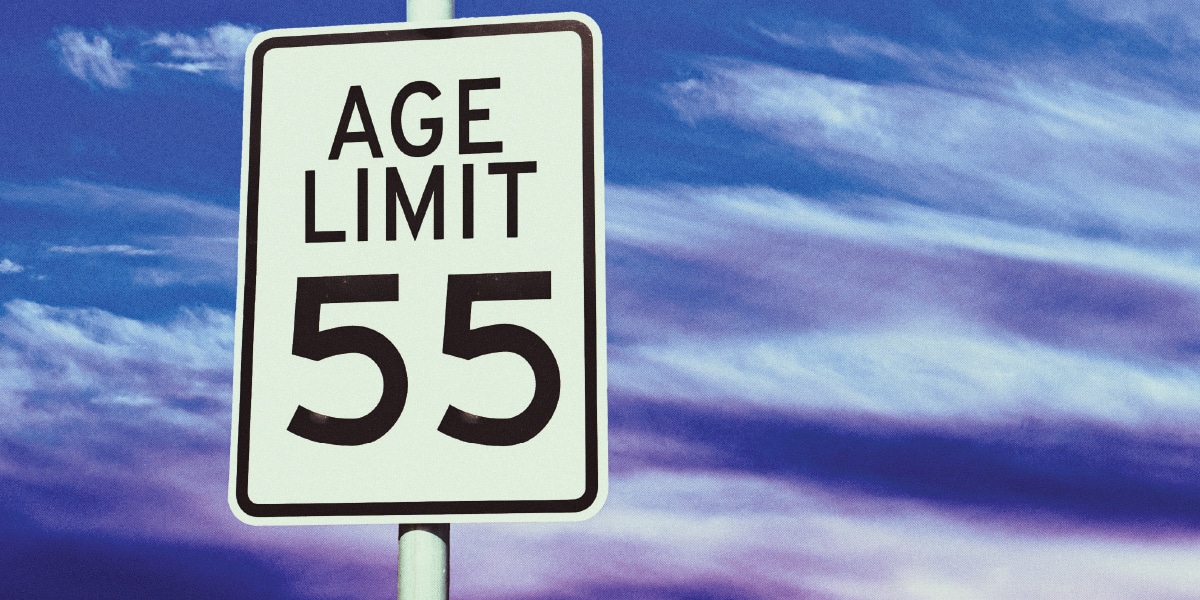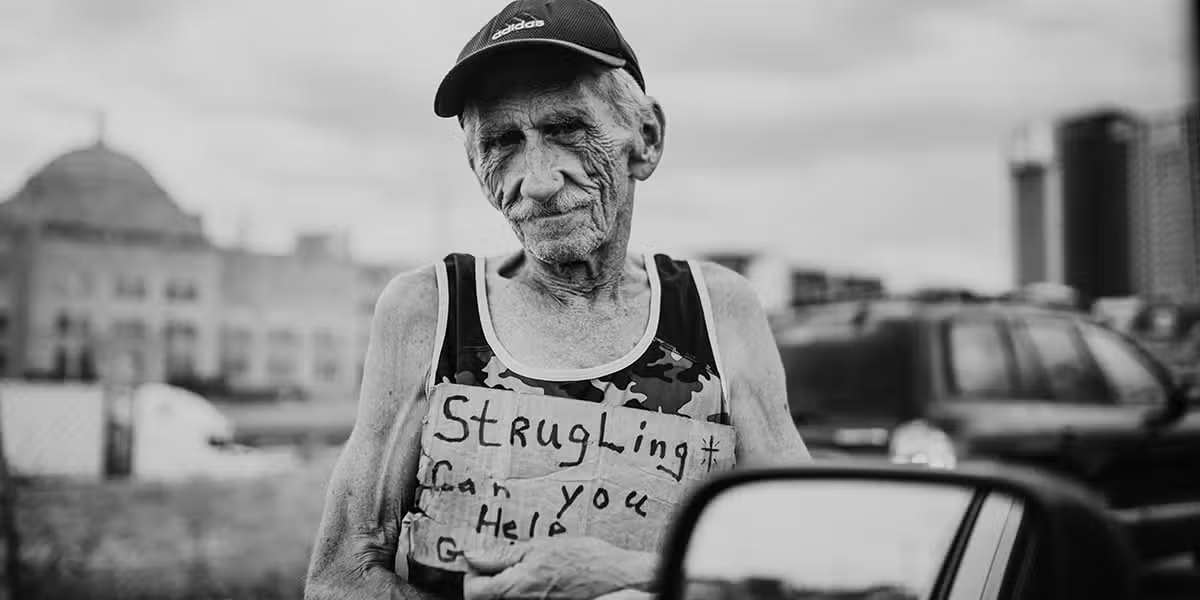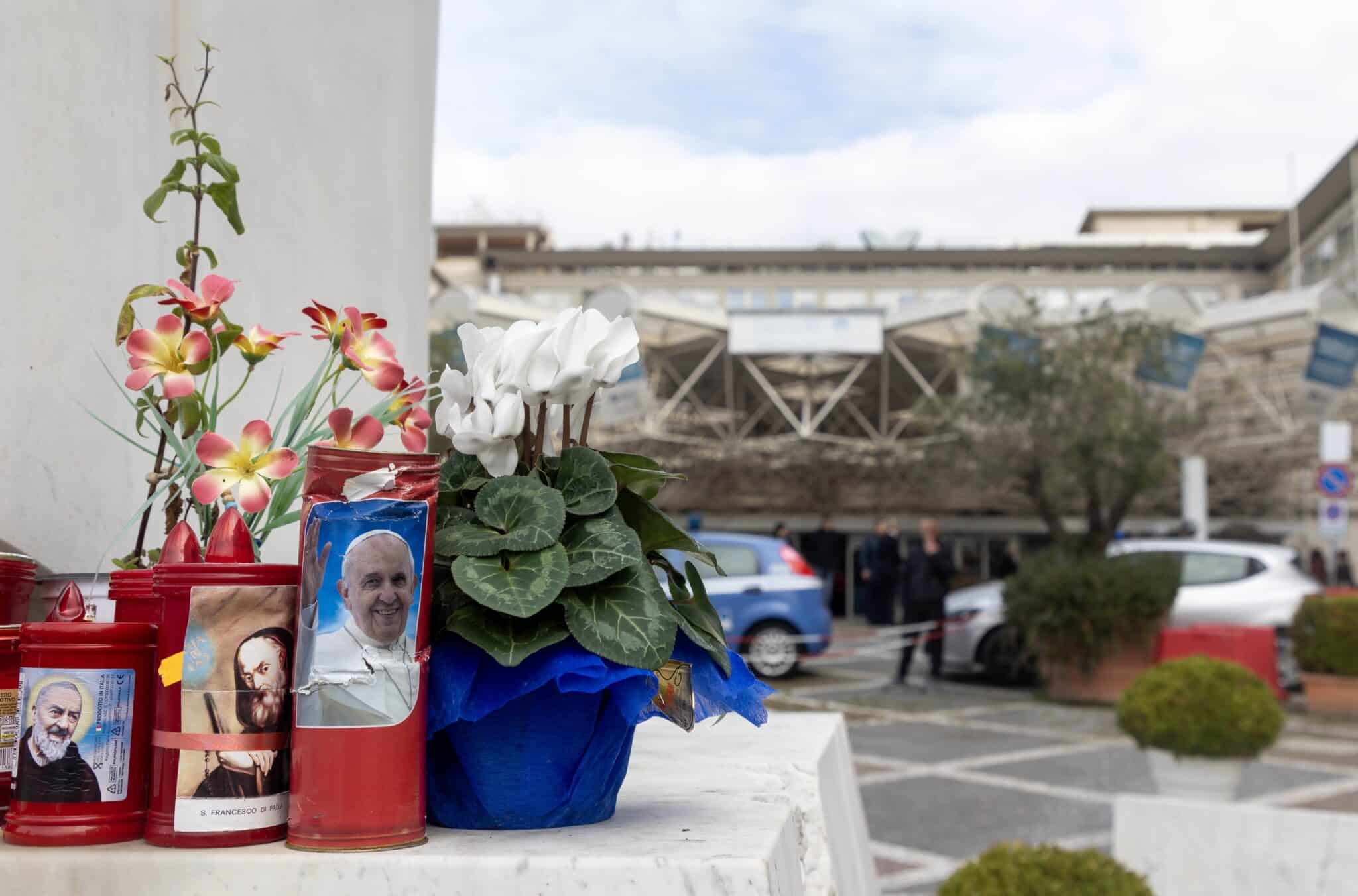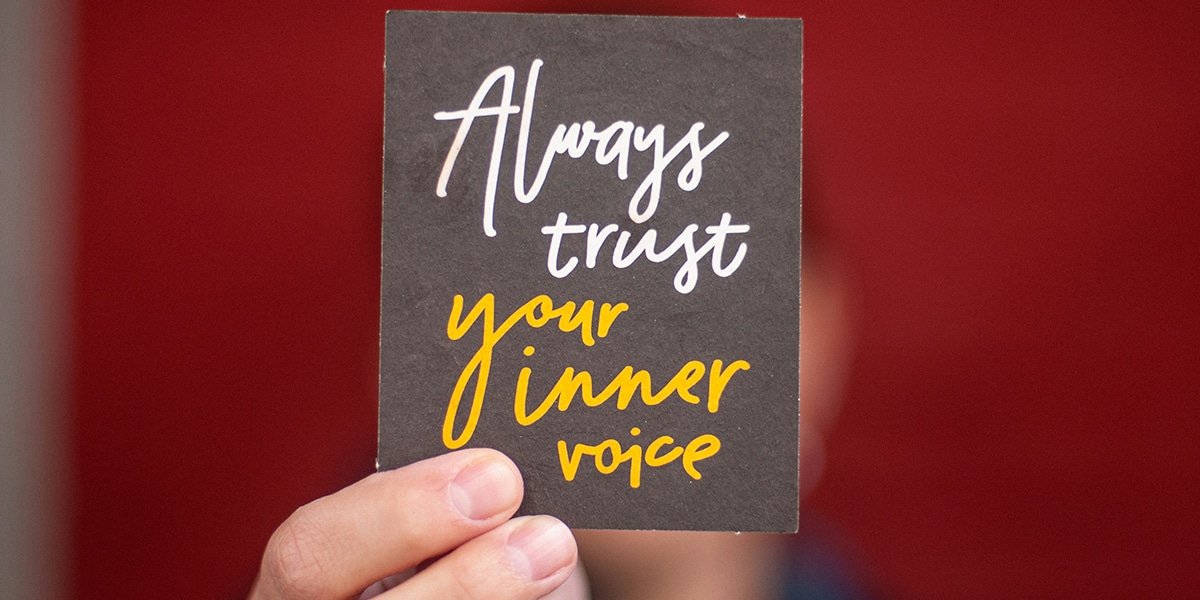From the greeting card aisle to the workplace, negative stereotypes about aging abound. This author argues that it’s time to recognize and counter ageism.
A few years ago, during a history travel trip with my students, I was taken aback by the chatter in the van I was driving. One of the visiting lecturers for the course had remarked that, every summer, he and his wife enjoyed renting the cottage where we were staying. He noted with pride that they walked in the early morning up to and back from the main road, probably a 3-mile round trip. Here’s what I heard from my students in mocking tones: “We are so proud that we walk 3 miles together every day up the little hill and back.” Sarcastic responses all around.
Here’s why I was taken aback. I had taught most of the students engaged in that conversation. In the years I had known them, I had been impressed with their insights on racism and sexism. All were passionate about eradicating these “isms.” But elderly people were fair game?
Reminded by an insightful friend that adolescents almost always believe themselves invulnerable to danger, illness, and aging, I wondered how widespread ageism was in every age group. I started to investigate ageism to help me understand this particular bias.
I began with a search for articles on the web. While racism and sexism had 62,195 and 27,930 hits respectively, ageism had a paltry 3,630.
In a 1969 seminal article titled “Age-Ism: Another Form of Bigotry,” physician Robert N. Butler defines the term: “prejudice by one age group toward another age group. If such bias exists, might it not be especially evident in America, a society that has traditionally valued pragmatism, action, power, and the vigor of youth over contemplation, reflection, experience, and the wisdom of age?”
Ashley Burke, an attorney specializing in estate planning and elder law, told me that she and her staff frequently observe ageist attitudes.
“If an older individual is in a room with adult children, a lot of doctors (and even attorneys) address the younger individual as if their elders were not even there,” she says. “They need to be addressed; they need to be part of the conversation.”
One of my saddest memories of a dear, elderly friend—one who had nurtured and mentored me, becoming a role model for my own aging—still pains me as I recall her noting how people “don’t even see me. It’s as if I’m invisible.”
Stereotypes about Aging
Burke and her colleagues point to ageism in marketing materials they see from nursing homes and related services. “Many images show the elderly as frail and sickly, and that’s not what all elderly people look like.”
Although some representations of the elderly are positive, negative stereotypes abound, across all cultures. The World Health Organization’s (WHO) Global Campaign to Combat Ageism includes a chart of stereotypes in different institutional settings. In health and social care, terms describing older people include “rigid, irritable and frustrating, asexual, easily confused, and needy.” In work settings, they are stereotyped as “unproductive, resistant to change, harder to train and unable to learn, not technologically competent.”
Stereotypes identified in media on the WHO’s chart are obvious to many of us older people who consume streaming series or movies. Four positives on the list are outnumbered by negatives, including “unhappy, senile, badly dressed, unhealthy, and inactive.”
At 76, I am surrounded by friends my age who defy these negative stereotypes. One of them is Alan deCourcy, 77, who seven years ago retired from my university and is far from being “rigid,” “technologically incompetent,” or “inactive.”
Before he came to Mount St. Joseph University, he earned a doctor of ministry from United Theological Seminary and was ordained in the United Church of Christ. He spent 20 years as a hospital chaplain and counselor, then brought his gifts to our students, teaching classes in religion and pastoral studies. It was his technological competence that led him to create two of the most popular online courses we offer: Exploring the Sacred and The Holocaust. Happily for us, and for his students, he continues to teach in his retirement.
What Ageism Looks Like
Unlike my older friend mentioned earlier who felt “invisible,” Alan had not been exposed to ageist practices until recently. He speculates that the nature of the community where he lives has protected him. He and his wife, Lynne, are residents of Oxford, Ohio, home to Miami University.
“Oxford has lots of students and retirees, but few in the age brackets between,” he explains. “Many of the people we interact with are retired Miami professors, so there is much support for people in our age group.”
Alan and Lynne have always had dog companions, their last being a beloved retriever, Scout, whom they nursed through various injuries and surgeries until they made the decision to put her to sleep. When they were ready to search for another canine member of the family, they filled out online applications.
“All the places wanted to know our age. We started to get weird responses of rejection, like, ‘This dog needs to be with another dog,’ and others that didn’t make much sense.”
Some friends their age met the same roadblocks when they visited a Labrador rescue and were told outright that they were too old to adopt a dog.
“I get it,” says Alan. “Their concern is for the well-being of the dog. But they just assume that people our age are too frail or inactive to take care of a dog. That’s ageism. Because of the exercise and care we have given our dogs, our vet says that any dog who ends up with Lynne and me ‘hits the jackpot.’”
Despite this frustrating episode, their quest was happily resolved, as Lynne announced on Facebook: “Last Friday, we made a trip to the shelter. And now . . . introducing Cassidy, aka ‘Cassie.’ She’s just barely turned 1, a beagle/Labrador mix, chock-full of love to give, and a very fast learner.”
‘I See it Everywhere’
After hearing Alan’s encounter with ageism in his search for Cassie, I began to reflect on the overheard mocking student conversation that I haven’t shaken several years later. While researching ageism, I shared findings with my dean, whose mother is my age. He told me recently that, until we talked, he had not given much thought to ageism. But now, he said, “I see it everywhere.” If someone as thoughtful and self-aware as my dean (he’s a philosopher) hadn’t noticed ageism, how could I expect my 20-something students to acknowledge their ageist behaviors? The answer, I think, is that ageist words and actions are often unconscious.
Walk through the card section of any grocery store and note the birthday greetings under the “funny cards” sign. Although some are appropriate for friends of any age, many feed into the negative stereotypes catalogued by the WHO. You’ve seen the card: Two older women are talking, but the exchange is nonsensical because neither of them hears well. Another pokes fun at an elderly person who confuses the garage door opener with the television remote. And then there’s the cake with hundreds of lit candles, and inside a handy fire extinguisher. I plead guilty to having sent those cards to friends—in the past. Now I work harder to find a funny one that would suit a friend of any age so as not to unconsciously reinforce the negative stereotypes that I am increasingly growing impatient with.

One person I admire who definitely does not promote ageist stereotypes is aged himself: 87-year-old Pope Francis. In fact, he actively advocates for the elderly. In February 2022, he started a series in his general audiences called “Catechesis on Old Age.” In the opening address, he argues, “Together with migration, old age is one of the most urgent issues facing the human family at this time.
“The exaltation of youth as the only age worthy of embodying the human ideal, coupled with the contempt for old age, seen as frailty, as decay or disability, has been the dominant image of 20th-century totalitarianism,” he observes. “Youth is beautiful, but eternal youth is a very dangerous hallucination. Being old is just as important—and as beautiful—it is equally important as being young.”
Closing the Generation Gap
What we have lost and need to restore, he believes, is “the alliance between generations, which restores all ages of life to the human level. . . . It must be found, in this throwaway culture and in this culture of productivity.”
Pope Francis knows what potential for transforming the world resides within the elderly population. He invites and challenges “women and men of a certain age—so as not to say elderly, as some will be offended—let us not forget that we have the possibility of wisdom. . . . We must be like the good wine that, once aged, can give a good message, not a bad one.”
More writers are helping raise awareness of the harm ageism can do to those who encounter it. In her 2023 book, Honest Aging: An Insider’s Guide to the Second Half of Life, Dr. Rosanne M. Leipzig notes that people are living longer today in contrast to those born in 1900, 50 percent of whom died before they reached 47. “Half of the people born in 1965 will live into their 80s, and many will spend 20 to 30 years in retirement.”
A Role Model for Aging
In a section titled “Practices for a Happier Old Age,” her first piece of advice is: “Resist ageism.” Noting the stereotypes already mentioned in this article, she encourages her readers to “become a role model for aging. You can do this simply by being yourself and telling people your age—you’ll love the look of surprise on their faces.”
Nearly a decade before Leipzig urged readers to become role models for aging, Pro Seniors, a Cincinnati-area group, began celebrating Ohio seniors and sharing “positive images of aging by highlighting the insights that come with experience and a generous spirit.”
In 2015, when they presented their first “Seniors Who Rock” awards, it was no surprise to see Notre Dame de Namur Sister Rose Ann Fleming among the group. That was the year after she had published her book, Out of Habit: My Life as Xavier University’s Unlikely Point Guard (written with Laura Pulfer). As an avid Xavier basketball fan, I had admired this woman, who held impressive academic degrees beyond her bachelor’s: an MBA, JD, and PhD. But more than her multiple credentials, as a longtime college educator, I admired her for the time she had devoted since 1985 as an academic advisor working with Xavier players at home and on the road to ensure their success.
Not everyone will have a jersey with his or her name on it hung from the rafters of a university gym or make appearances on NBC News, ABC News, Fox Sports, or The Today Show, as Sister Rose Ann did. But there are plenty of role models for aging all around us, if we only look and listen closely for them. Mine is a friend of at least 45 years, Fran Harmon.
Fran would be embarrassed to be labeled a role model or a wisdom figure, but she was open to talking with me for this article so I could remind myself why I admire her as my elder (she has 84 to my 76 years).
As a history teacher, she was always helpful to students, but also demanding of excellence in their work. She brought a breadth of knowledge to classes in medieval and world history, but also as a promoter of women’s history. Long before retiring, Fran began volunteering at her parish in Cincinnati as a member of the bereavement committee, an acolyte, and a Eucharistic minister. She frequently makes herself available for parishioners’ funerals.
Her generosity and hospitality have won admiration from friends and family. After the death of both Harmon parents, Fran’s in-laws, she organized a family dinner for her husband and his siblings every January to honor and remember them. Since most of the Harmon clan (there are 11) live near Cincinnati, the dinner table expands nearly into the hallway. Everyone contributes to the meal, but Fran, as founder of this tradition, sets the tone: “Anything we talk about has to relate to Mom and Dad.”
Beyond her devotion to family, what I cherish most is her faithfulness to the Catholic Church, especially her promotion of social justice. Even in “these troubled times” in the Church, she remains patiently optimistic, realizing as a historian that “things change slowly.”
“I could never leave the Church as some of my family and my friends have,” she says. “All my life, my faith has been important to me. It’s what sustains me.”
Pushed by me to articulate a philosophy of life, she distilled it to one word: gratitude.
That trait may be the key to my personal reckoning with ageism. I can begin to articulate to myself and to young people how thankful I am to be alive and as active as I am at 76. Pope Francis’ call for an “alliance between generations” is echoed in the WHO’s research showing that “intergenerational contact” is one of “the most effective interventions for reducing ageism.” As an elder who interacts daily with college students, I am perfectly positioned to begin the work of reducing unconscious ageism.
Calling out my students on their biases never works, but I can model for them what it looks like to be active in mind and in body.
Just as important, I can be transparent. Rather than being coy when they ask how old I am, from now on I will reply with zest: “Probably about as old as your grandmother—and proud of it.”









2 thoughts on “Confronting Ageism ”
Wonderful reflection, Dr. Barkley! I am also a retired professor, and also 76 (though still teaching and writing a little) and there is so much that I could relate to in this article. Thank you for writing it!
Enjoyed this reflection , Dr. Barkley. When my Middle School students asked my age when they knew it was my birthday , I always answered quickly and proudly! And now at 90, many folks are surprised! And It is with a filter of gratitude that I am living in this now!
All best as you provide opportunities for your students to come to an awareness of ageism.